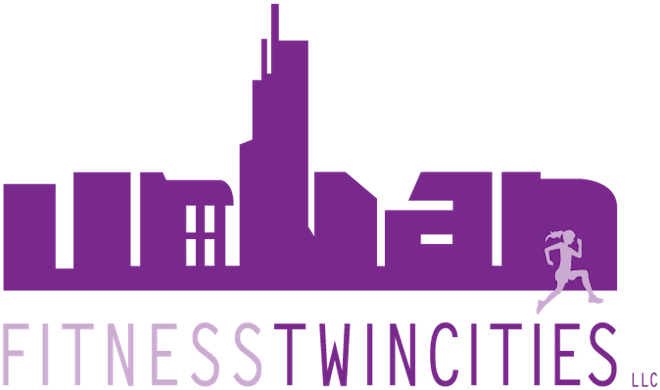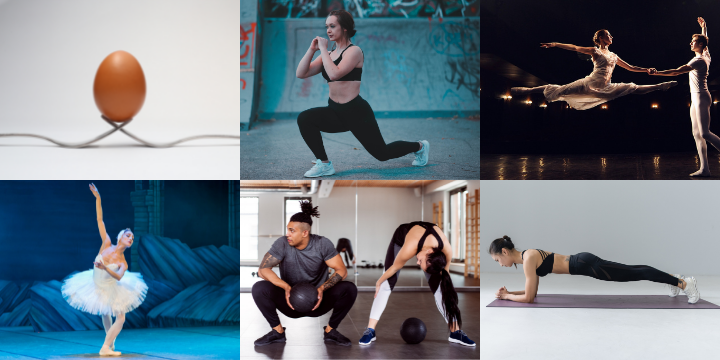At Urban Fitness, it is not just about working your muscles, it is also HOW you work your muscles.
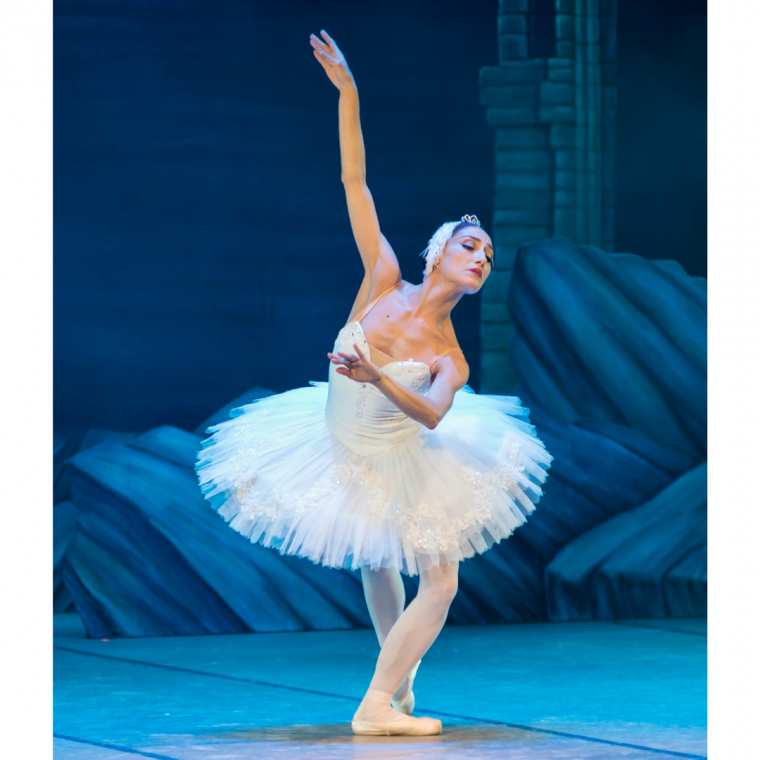
Whether it be through formal education or your own self-education about exercise, many of us think that muscles must contract and shorten in order to create movement and become stronger. However, several types of contractions exist to engage and move muscles. One way is to contract them by shortening them. Another way, one that we encourage, is to engage them by pulling them long or lengthening them.
What Is a Shortened Muscle?
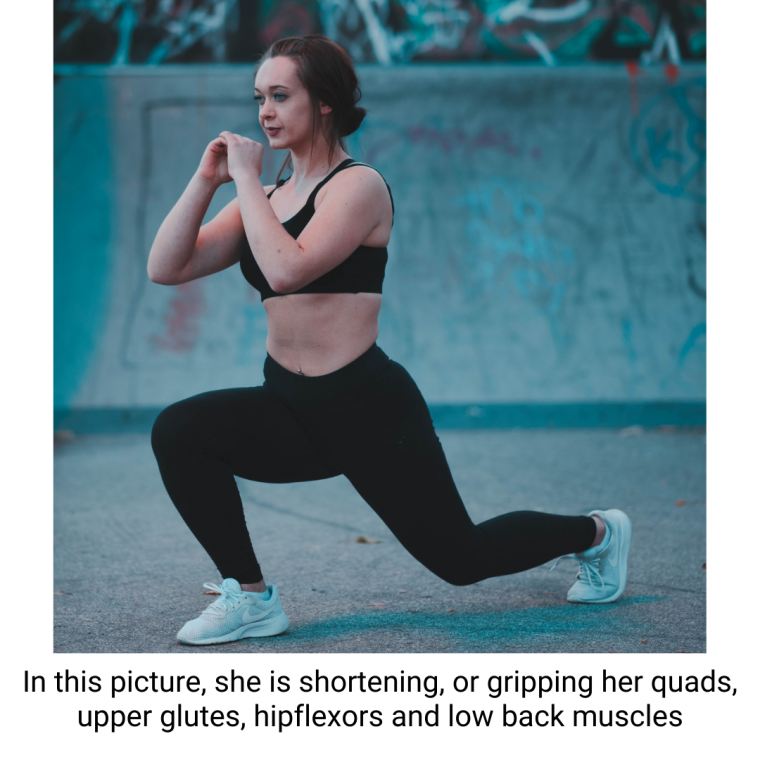 Shortened muscles occur when we try to contract or tense our muscles. The majority of people, when trying to engage their muscles, try to make them work super hard and pull them as tight as they can. This leads to pulling the muscles short and gripping them. For example, when most people try to engage their biceps, they pull the muscles tight and try to flex them, making the muscles stiff and short. Tension, like stress or force, can also cause our muscles to pull short. Some muscles pull tight and short without us even thinking about them. Quadriceps (upper front portion of the leg) are an excellent example of muscles that are big and like to work and, therefore, tend to pull short in an effort to work hard, half the time without us even noticing. Muscles where people hold tension from stress also tend to shorten or grip without them noticing.
Shortened muscles occur when we try to contract or tense our muscles. The majority of people, when trying to engage their muscles, try to make them work super hard and pull them as tight as they can. This leads to pulling the muscles short and gripping them. For example, when most people try to engage their biceps, they pull the muscles tight and try to flex them, making the muscles stiff and short. Tension, like stress or force, can also cause our muscles to pull short. Some muscles pull tight and short without us even thinking about them. Quadriceps (upper front portion of the leg) are an excellent example of muscles that are big and like to work and, therefore, tend to pull short in an effort to work hard, half the time without us even noticing. Muscles where people hold tension from stress also tend to shorten or grip without them noticing.
What Is a Lengthened Muscle?
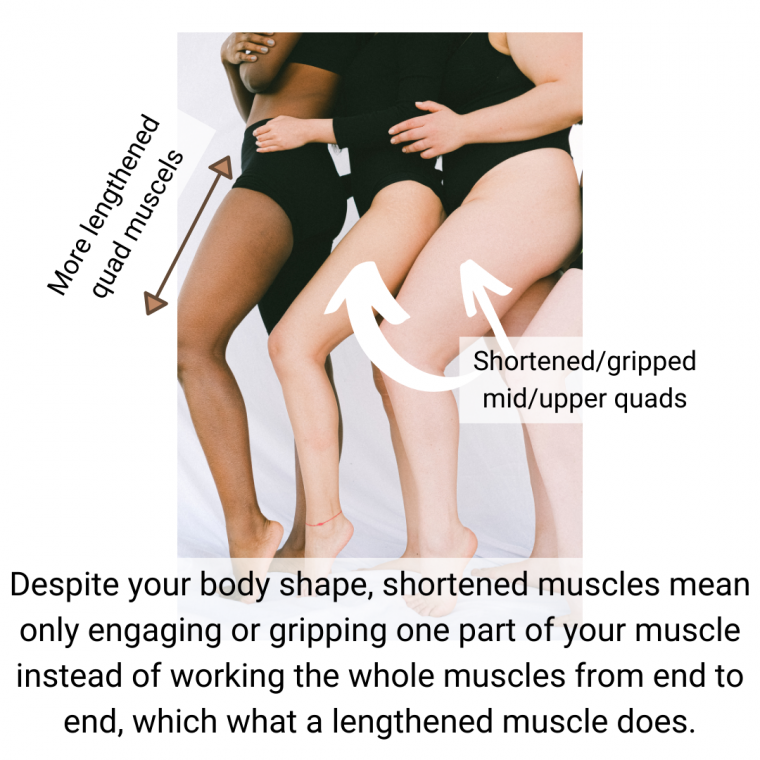 A lengthened muscle is a muscle that is pulled long to engage. When working the muscle, if you reach it long to engage it, instead of contracting it short, it causes the muscle to pull tight the same way a clothes line is pulled tight: from end to end. Lengthened muscles work the whole muscle from insertion to attachment, or end to end, by pulling them from end to end. Instead, of trying to flex your bicep, as you normally would, try reaching your arm long out to the side of your body to engage your bicep. Your bicep will still engage, but it is a completely different feeling and a completely different engagement.
A lengthened muscle is a muscle that is pulled long to engage. When working the muscle, if you reach it long to engage it, instead of contracting it short, it causes the muscle to pull tight the same way a clothes line is pulled tight: from end to end. Lengthened muscles work the whole muscle from insertion to attachment, or end to end, by pulling them from end to end. Instead, of trying to flex your bicep, as you normally would, try reaching your arm long out to the side of your body to engage your bicep. Your bicep will still engage, but it is a completely different feeling and a completely different engagement.
Shortened v. Lengthened Engagement:
What the Difference Means for You and Your Body.
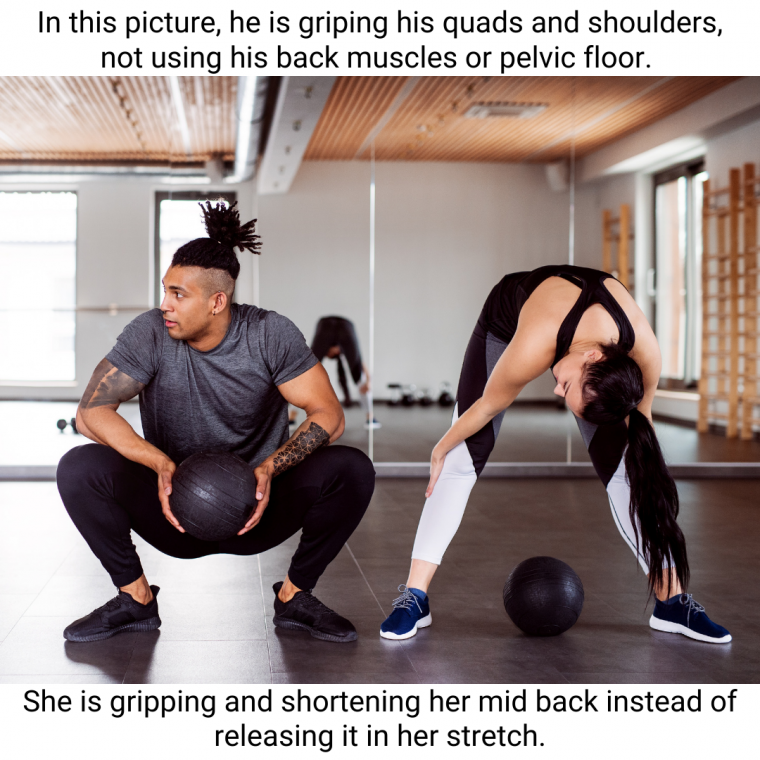 One thing to remember when talking about muscles is that there are different kinds of muscles, some are big and easier to feel and some are small and much more difficult to find. Some like to work hard and do more than they should (we call these over-achiever muscles) and some try to get out of work at every opportunity (the under-achievers). The goal is always be to create balance in your body through strengthening the entire muscle and all of the muscles equally. Equally built muscles help prevent pain and injury, improves balance, and helps protect joints from wear and tear and improve their mobility.
One thing to remember when talking about muscles is that there are different kinds of muscles, some are big and easier to feel and some are small and much more difficult to find. Some like to work hard and do more than they should (we call these over-achiever muscles) and some try to get out of work at every opportunity (the under-achievers). The goal is always be to create balance in your body through strengthening the entire muscle and all of the muscles equally. Equally built muscles help prevent pain and injury, improves balance, and helps protect joints from wear and tear and improve their mobility.
Pulling the muscles long, or lengthening the muscles, works the whole muscle instead of just part of the muscle. It also builds better balance in how the muscles of the body work together, as it allows the smaller, weaker, and underachiever muscles to do their fair share of the work. Shortening, or gripping, muscles tends to turn on the stronger and easy to find muscles but not the weaker, smaller or harder to find muscles. Overusing the strong muscles both allows and forces some of the smaller and weaker muscles to be underutilized or turn off completely, creating more and more muscular imbalance over time. Shortening the muscles also tends to work only a portion of the muscle. For example, when quads are gripped, the upper or mid-quad tends to do the work, and the portion closer to the knee doesn’t engage as much or at all.
How you use your muscles also affects the mobility and flexibility of your muscles and joints. Pulling muscles long while engaging them also creates a stretch in the muscles while they are being used which allows for greater flexibility in the muscles while using them. This stretch also helps create space in the joints, instead of compressing them. Shortening, or gripping, the muscles creates tightness in the muscles. This tightness jams joints together and restricts mobility, as well as increases the risk of pain and injury.
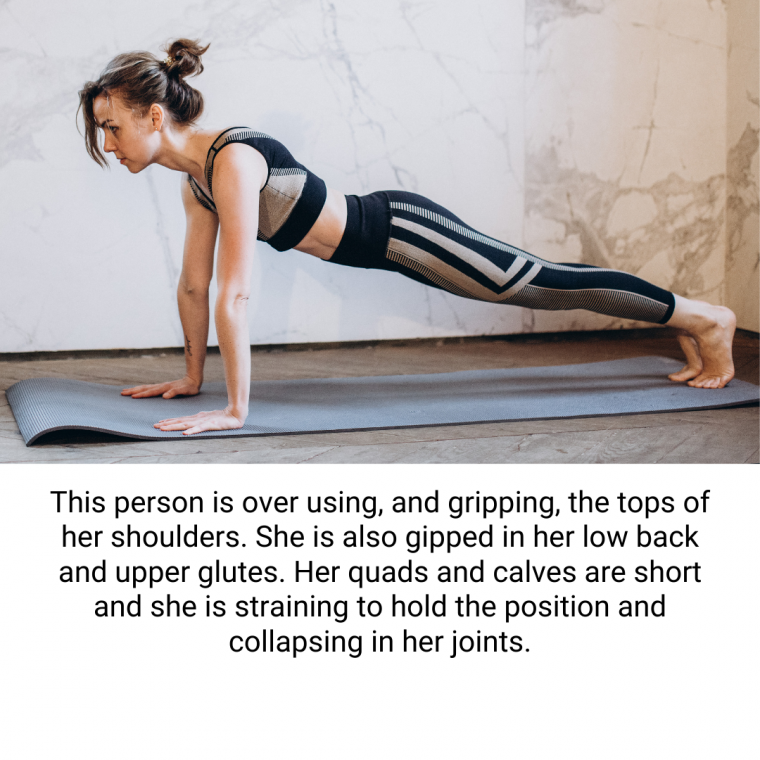
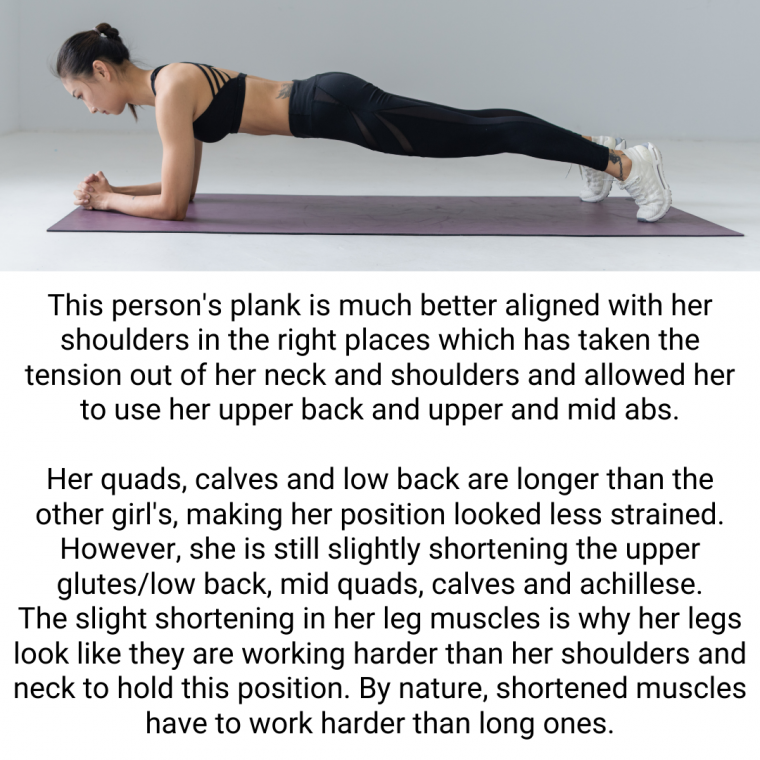
Lengthening the leg muscles also helps improve balance. We have the option of working with gravity or working against it. When we pull our muscles long, we work with gravity to create a grounding effect; our bodies and limbs start pressing down through the floor instead of pushing against it. This length creates better balance because of the strong connection through the floor. It is rather like how support beams for sky scrapers, or roots of a tree, are drilled into the earth, which allows them to be tall while providing a connection that keeps them from being blown over in the wind.
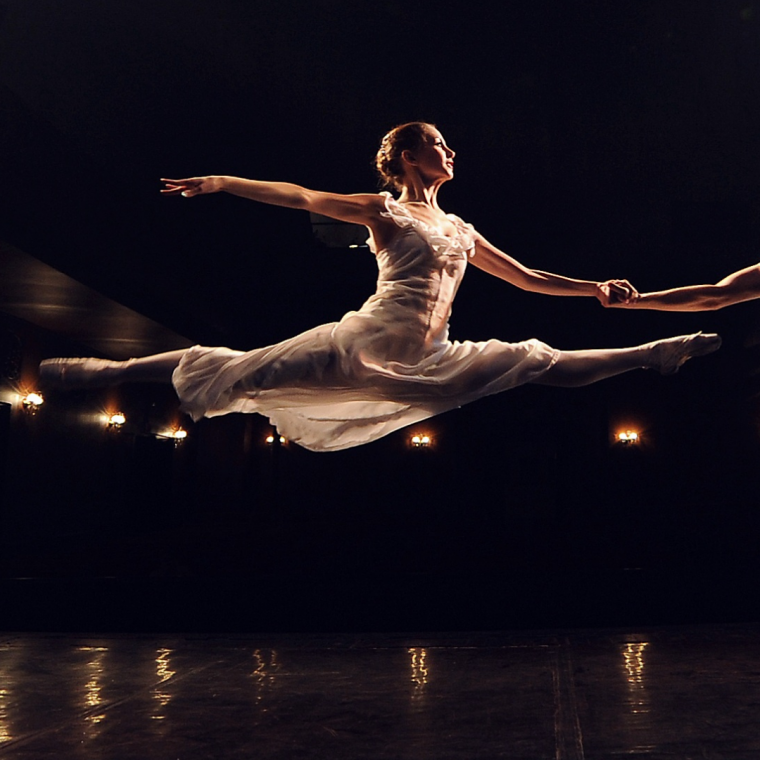 Not only does this difference in how you use your muscles, long or short, change the way your muscles work and feel and how you move, it also changes the shape and look of the muscles. Perhaps one of the best examples of this is found in the ballet world. Ballet dancers’ training teaches them to include stretch in every movement they make, which teaches them how to lengthen their muscles with every movement. They spend their days lengthening their spine, arms, legs, fingers and toes in a way that creates lengthened muscles and a look of long and lean muscles. Lengthened muscles help dancers maintain their flexibility while engaging their muscles to create high extensions (a high extension being when the dancer’s leg is high up in the air). It is also how ballet dancers move quickly and with great ease while performing difficult steps, as well as how they balance for so long.
Not only does this difference in how you use your muscles, long or short, change the way your muscles work and feel and how you move, it also changes the shape and look of the muscles. Perhaps one of the best examples of this is found in the ballet world. Ballet dancers’ training teaches them to include stretch in every movement they make, which teaches them how to lengthen their muscles with every movement. They spend their days lengthening their spine, arms, legs, fingers and toes in a way that creates lengthened muscles and a look of long and lean muscles. Lengthened muscles help dancers maintain their flexibility while engaging their muscles to create high extensions (a high extension being when the dancer’s leg is high up in the air). It is also how ballet dancers move quickly and with great ease while performing difficult steps, as well as how they balance for so long.
The Egg Example:
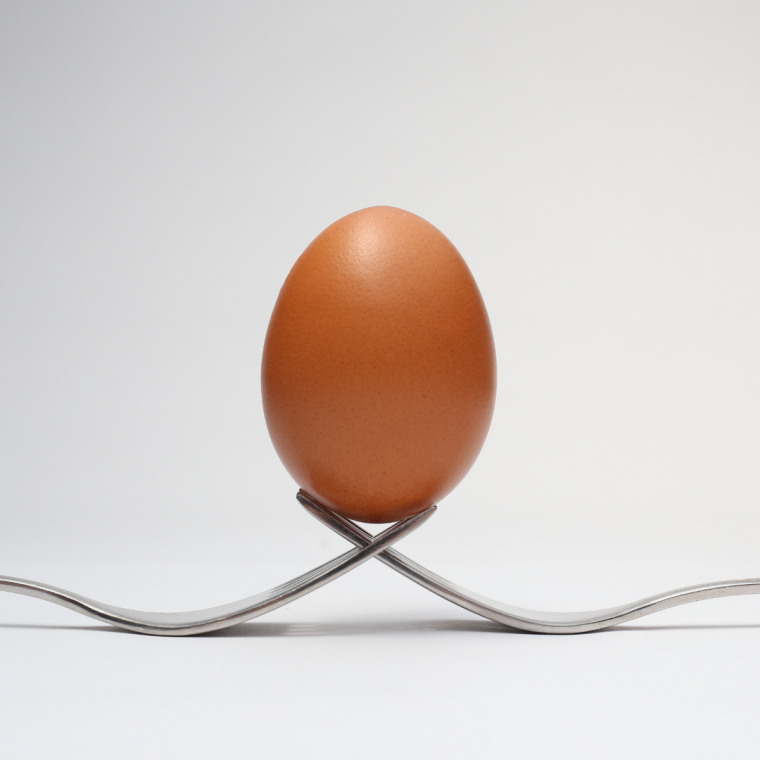 One of our favorite ways of explaining the difference of lengthened versus shortened muscle engagements is what we call the egg example. Imagine holding an egg and carrying it from one spot to another. If you do not close your fingers around the egg at all, chances are good it will roll off the hand and smash on the floor. This is an example of a completely released muscle. However, if your fingers are curled too tight around the egg it smashes in the hand. That is like a shortened muscle; it keeps things seeming stable but it is detrimental and hurts the integrity of the egg. Instead, a gentle, yet firm, grasp is needed to hold the egg firm but not smash it. On the one extreme, the muscles don’t work at all and egg ends up making a mess on the floor. On the other extreme, the muscles are working too hard, which causes a similar problem of having a broken mess of an egg. In the middle, however, there is a happy median which allows us to move the egg safely wherever we want it.
One of our favorite ways of explaining the difference of lengthened versus shortened muscle engagements is what we call the egg example. Imagine holding an egg and carrying it from one spot to another. If you do not close your fingers around the egg at all, chances are good it will roll off the hand and smash on the floor. This is an example of a completely released muscle. However, if your fingers are curled too tight around the egg it smashes in the hand. That is like a shortened muscle; it keeps things seeming stable but it is detrimental and hurts the integrity of the egg. Instead, a gentle, yet firm, grasp is needed to hold the egg firm but not smash it. On the one extreme, the muscles don’t work at all and egg ends up making a mess on the floor. On the other extreme, the muscles are working too hard, which causes a similar problem of having a broken mess of an egg. In the middle, however, there is a happy median which allows us to move the egg safely wherever we want it.
What We at Urban Fitness Do:
Using descriptive language like the egg example as a visual, we help our clients understand how they are currently using their muscles and how they can achieve better use of them. Regardless of their final goals, we help give corrections that help them feel and use their muscles in the way that best fits their goals and bodies. We use verbal and, when possible, hands-on corrections to help students find strength through length. We tailor their workouts to provide exercises that improve body awareness and create the physical mobility, strength and look our clients desire. Our goal is to help our clients build strength, flexibility, mobility, and body awareness so as to help them reduce pain and injury and to help keep them moving better as they age.
